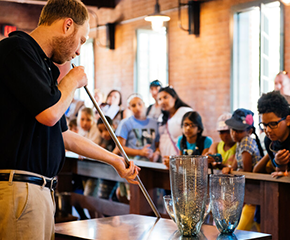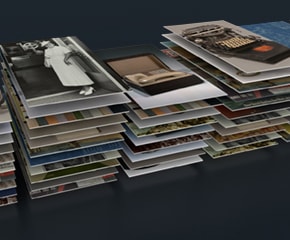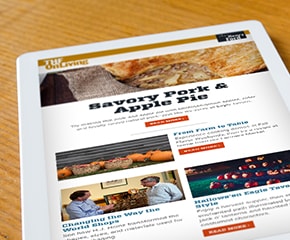Bundle of Photographic Plate Holders, Addressed to George Ebling of Ford Motor Company, 1920-1940
Add to SetSummary
Dry plate photography was a primary photographic method until the invention of roll-film in the 1880s. Glass plates coated with light-sensitive gelatin were placed into holders, and exposed in a camera. George Eastman automated this process with his plate-coating machine and factory in 1879. Exacting and demanding, plate-based photography was the opposite of being a mobile or spontaneous process.
Dry plate photography was a primary photographic method until the invention of roll-film in the 1880s. Glass plates coated with light-sensitive gelatin were placed into holders, and exposed in a camera. George Eastman automated this process with his plate-coating machine and factory in 1879. Exacting and demanding, plate-based photography was the opposite of being a mobile or spontaneous process.
Artifact
Photographic plate holder
Date Made
1920-1940
Location
Not on exhibit to the public.
Object ID
00.136.449
Credit
From the Collections of The Henry Ford. Gift of Ford Motor Company.
Material
Cardboard
Iron alloy
Paper (Fiber product)
Wood (Plant Material)
Dimensions
Height: 13.5 in
Length: 9.75 in
Width: 3.825 in
Inscriptions
paper wrapping, handwritten: 5 8x10 PLATE HOLDERS / GEO EBLING





